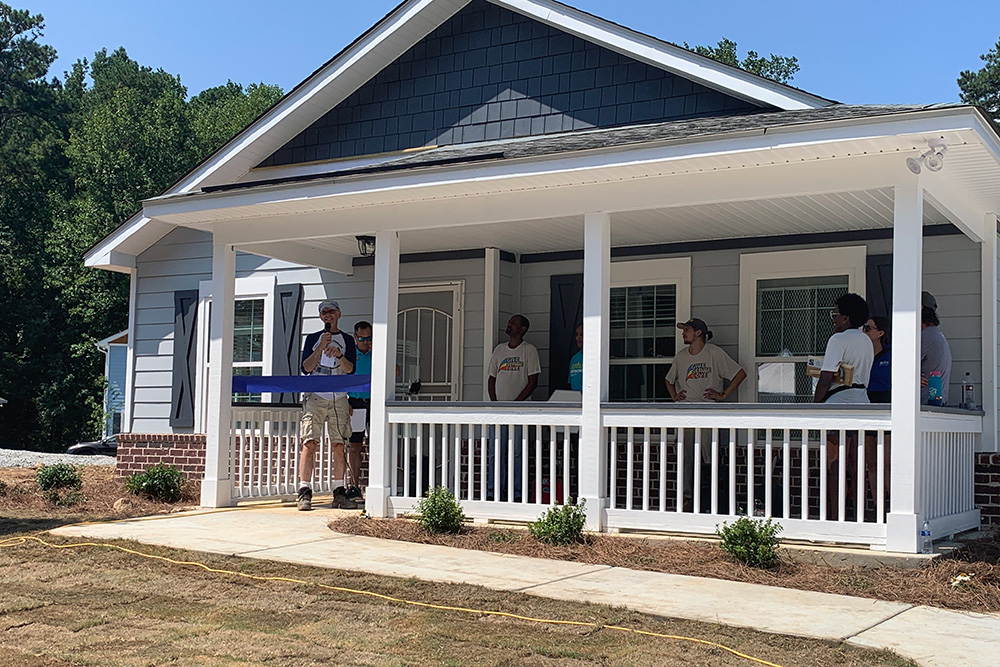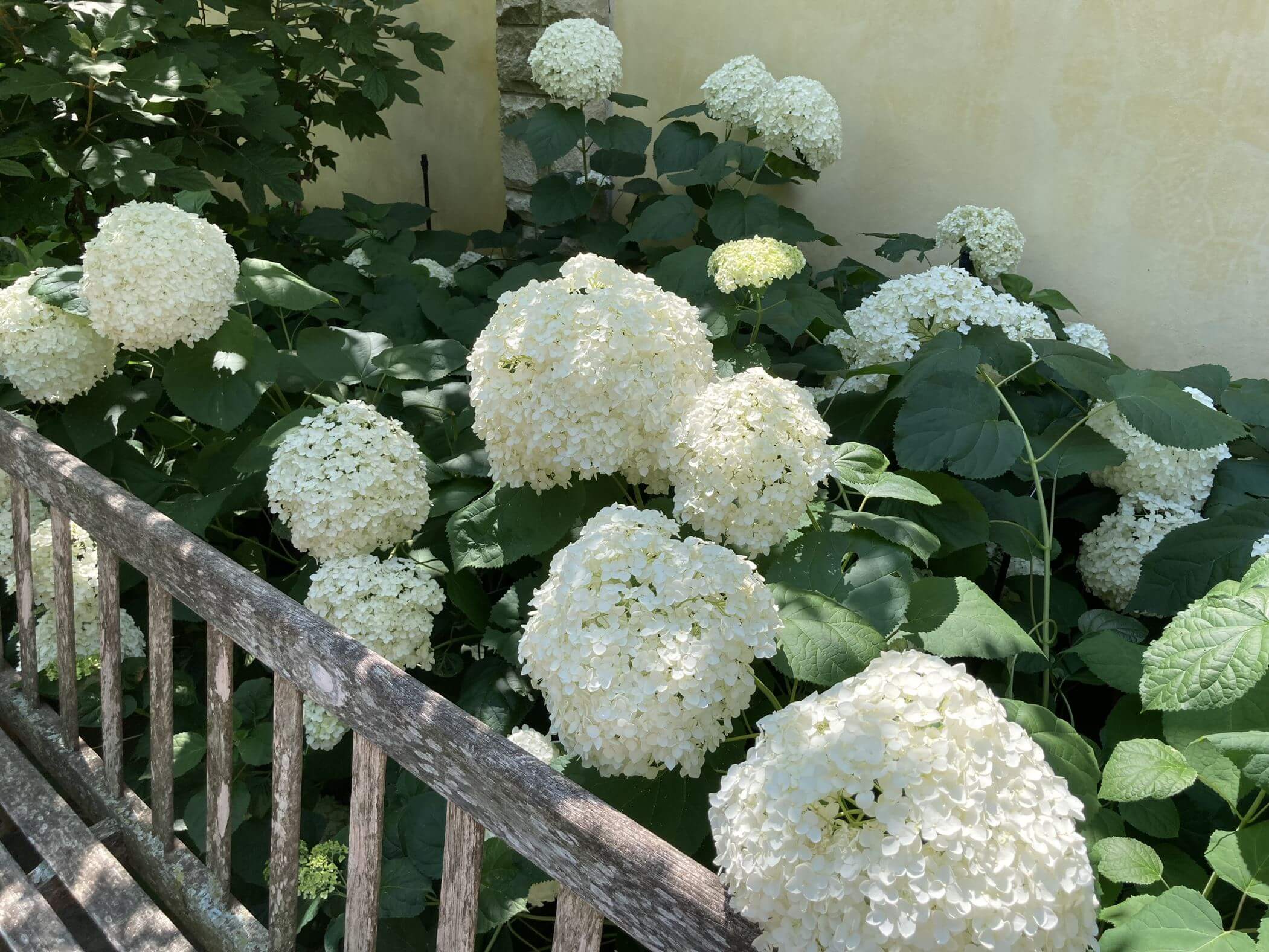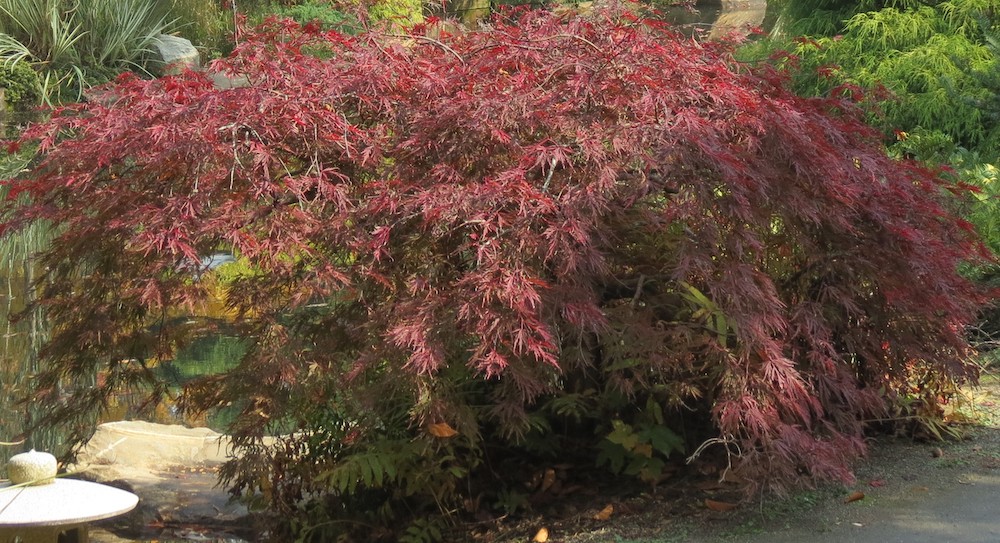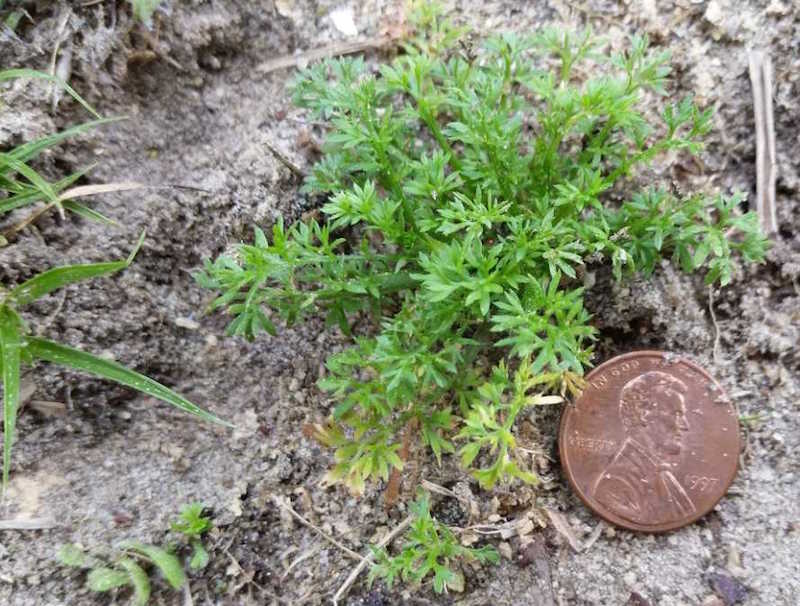Many homeowners desire a low-maintenance landscape. Maintenance, time and expense are all factors to consider when developing a landscape plan.
A natural, low-maintenance landscape can be easily accomplished with a 3- to 4-inch layer of organic mulch, like pine needles, decayed sawdust or pine straw. However, it should not detract from the overall appearance of the landscape.
Don't let it blow away
Choose a mulch that cannot be easily disturbed by wind or erosion. Define the area with a crisp boundary so grass won’t grow over into the mulch, or mulch won’t spill out into the grass.
When designing the area, let existing trees influence the design. Don't be stingy with the mulch and make the area too small by cutting the boundaries close to the tree trunks. Incorporate at least half of the tree’s drip-line area on large trees and all of this space on smaller trees.
If you're naturalizing an area because of a poor stand of grass under the trees, it's probably because of too much shade and tree root competition. A general rule to remember is to naturalize all areas that receive 50 percent shade at all times.
Make areas free-flowing
Use as many free-flowing curves as possible in these projects. Try not to create boundaries that project too abruptly, as they will not appear natural and will create hard to maintain areas.
Before spreading the mulch, try to remove all bermudagrass and other perennials, fescue, nutgrass or broadleaf weeds. A 3- to 4-inch layer of mulch will control weeds, but not by just piling it on top. Several herbicides are effective for home use for most weeds or grasses.
Over the last few years the use of black plastic has declined, while the use of the various geotextile fabrics has increased. Plastic material does not allow moisture to penetrate and also inhibits a free exchange of oxygen. These factors can cause problems for many ornamentals and cause weak plants to die during a stress period. Landscape fabrics will allow moisture penetration as well as promote oxygen exchange. The latest research rates the usefulness of landscape fabrics very highly in conjunction with organic mulches.
For more assistance on creating a landscape plan, see the University of Georgia Cooperative Extension publications website at www.caes.uga.edu/publications/.







